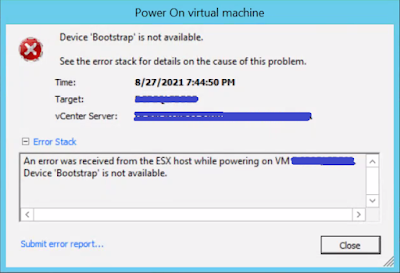Citrix PVS Write Cache filling up Abnormally and Quickly
When we are dealing with Citrix PVS image streaming, one of the most common issues most of the Citrix Admins faces is high "Write Cache Usage". In ideal cases write cache will consume from few MBs to couple of GBs of space at fresh state and it will grow as per the user activity. But consumption is all depends up on the image, apps and other technologies using in the environment. but still if the write cache is filling up more quickly at fresh boot itself and growing abnormally, definitely the Citrix admin should look at to this.
Below are the few tips to reduce the Citrix PVS Write Cache usage
1. Disable automatic updates for OS and all possible applications. Some of the application we cannot disable auto updates directly, but we can achieve this using GPOs, example : Chrome. Some of the apps like "Adobe reader DC" auto update can be disable by disable update task from "Task Scheduler".
2. Verify "Task Scheduler" and disable all unwanted tasks, example: Adobe reader updates, One Drive Updates etc.
3. Go to "Task manager" and Go to "Start up" tab. Disable all start up applications items which is not really need to initialize during startup. example: Java update scheduler, MS Teams etc.
4. If Write Cache is getting full more than 20% during fresh boot itself, it means huge changes are happening in machine during/after boot. One solution for this behavior is,
Put the image in private mode or make a PVS version of the image. Boot the image in maintenance mode and login with local account, Keep it login for couple of hours and then shutdown the machine. So all changes will be written on the vDisk. Then stream the devices with updated image. Observe now still write cache is getting full during the fresh boot itself or not.
5. If the vDisk image is made with Applayer, before streaming to the devices, boot the image once in private mode, login with local account, keep it login for couple of hours, then power off and convert to standard image mode and stream to the devices to reduce the write cache usage.








